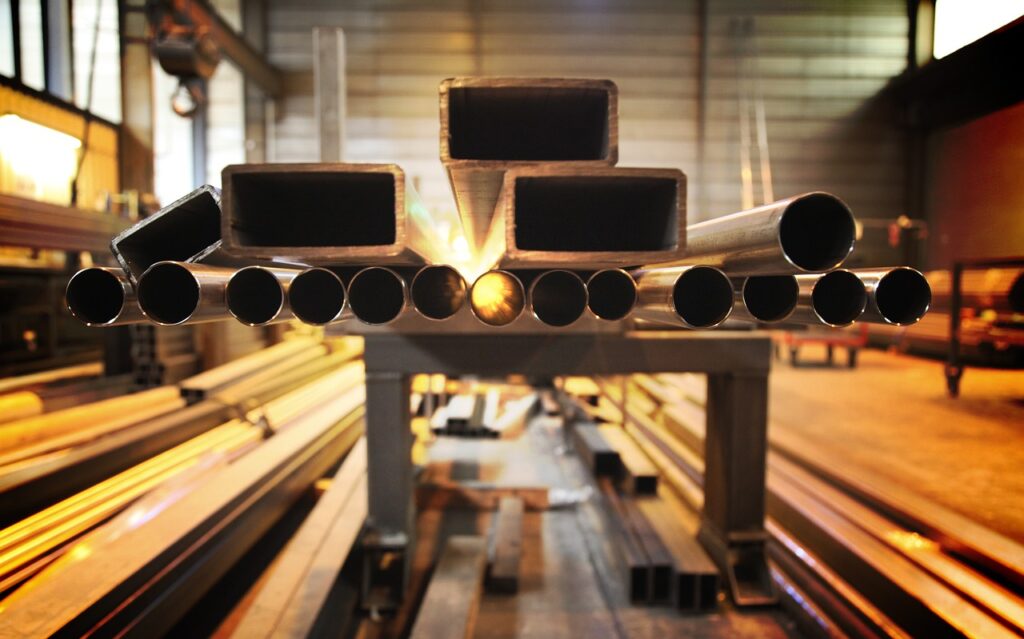ArcelorMittal, a leading figure in the industry, has taken a critical stance on the economic viability of integrating green hydrogen and Carbon Capture, Utilization, and Storage (CCUS) technologies by 2030.
As the world pivots towards decarbonizing steel production—a sector contributing approximately 8% of global CO2 emissions—the race is on to find economically feasible solutions. However, according to ArcelorMittal, the adoption of green hydrogen and CCUS at scale faces substantial financial hurdles.
Recent data indicate that while green hydrogen, a clean energy source produced using renewable electricity, offers substantial promise for emissions reduction, its production costs remain exorbitant. For example, 2021 estimates show that the cost of green hydrogen is between €3 to €6 per kilogram, substantially higher than conventional hydrogen (grey hydrogen) derived from natural gas, which averages €1.50 per kilogram. This cost discrepancy underscores the current economic impracticality of green hydrogen in steel production, unless significant advancements in electrolyzer technology and renewable energy scale-up can drive costs down.
Furthermore, the application of CCUS technologies, crucial for capturing up to 90% of emissions from existing steelmaking operations, is faced with financial and technological constraints. As of now, the cost of capturing and storing a ton of CO2 ranges from €50 to €100, a barrier for widespread implementation. ArcelorMittal’s reservations about the cost-effectiveness of CCUS echo broader industry sentiments, where commercial deployment struggles with the balance of significant capital expenditure versus the uncertain revenue from a market for captured carbon.
The company’s analysis suggests that even with optimistic projections for technology improvement and cost reduction, green hydrogen and CCUS will not be financially viable options within the steel sector before the next decade. This is especially pressing considering the European Union’s accelerated climate targets, seeking at least a 55% reduction in greenhouse gas emissions by 2030. The steel industry is urged to bridge the gap with interim solutions such as enhancing energy efficiency, integrating recycled materials, and incrementally adopting transitional technologies like Direct Reduced Iron (DRI) using natural gas as a step towards hydrogen.
Despite the current economic barriers, investments in green technologies are on the rise. Companies, governments, and alliances are pooling resources into innovation and research. For instance, collaborations to develop hydrogen-based pilots and carbon capture strategies suggest optimism within the industry for future affordability and technical viability.
Stay updated on the latest in energy! Follow us on LinkedIn, Facebook, and X for real-time news and insights. Don’t miss out on exclusive interviews and webinars—subscribe to our YouTube channel today! Join our community and be part of the conversation shaping the future of energy.
